Mad Hedge Biotech and Healthcare Letter
August 18, 2022
Fiat Lux
Featured Trade:
(MORE THAN JUST A ONE-TRICK PONY)
(MRK), (SGEN), (SNY), (PFE), (BNTX), (GSK), (CVAC), (MRNA)
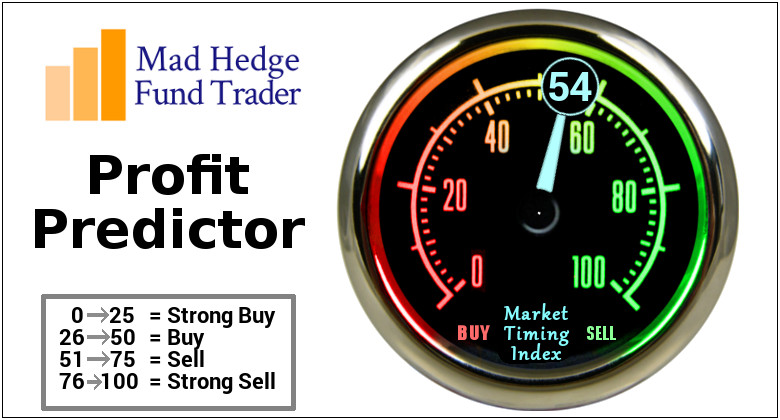
Mad Hedge Biotech and Healthcare Letter
August 18, 2022
Fiat Lux
Featured Trade:
(MORE THAN JUST A ONE-TRICK PONY)
(MRK), (SGEN), (SNY), (PFE), (BNTX), (GSK), (CVAC), (MRNA)

When executed correctly and sufficient time is allocated, stock market investing can be highly rewarding. But, what can investors do to make the most of their opportunities in the market?
The short answer: Choose businesses that have or are building a strong competitive advantage.
Those investing in the biotechnology and healthcare sector know that buying companies with promising portfolios and diverse pipelines is vital.
After all, a solid lineup can generate and secure steady cash flow to fund R&D efforts as well as acquisitions to expand the pipeline. Consequently, this guarantees steady growth in revenues as existing products face patent exclusivity losses.
Within this sector, one of the companies with a strong portfolio and promising pipeline is Merck (MRK).
Merck has become practically synonymous with Keytruda—the #1 cancer drug in terms of sales globally. In the first 6 months of 2022 alone, this drug already raked in $10.1 billion in sales.
While several biotechnology companies would be content with this top-tier drug in its portfolio, Merck refuses to be a one-trick pony.
Leveraging its $222 billion market capitalization, the fifth-biggest pharmaceutical company on the planet has been steadily expanding its portfolio.
In fact, Keytruda only made up 33% of its total $30.5 billion sales in the first half of the year.
Merck has built a formidable oncology lineup and developed several blockbuster treatments in this space.
Its flagship, Keytruda, climbed 30% year-over-year in its second-quarter earnings report to record $5.3 billion for that period. Other cancer treatments improved their performance as well. Lynparza grew 17% while Lenvima rose 33%.
Amid these growths, Merck remains aggressive in expanding its oncology lineup. Earlier this year, the healthcare world has been abuzz with Merck’s plan to buy cancer-centered biotech Seagen (SGEN).
The deal, if it pushes through, would be reportedly worth $40 billion and add 4 already approved cancer drugs to Merck’s portfolio.
On top of these market-ready products, Seagen will also bring numerous late-stage candidates to the table.
Merck also recently inked a smaller deal with Orion Corporation. The agreement, worth $290 million, will grant Merck access to Orion’s drug candidate for prostate cancer.
Meanwhile, Merck just announced its plan to catch up with its peers in the COVID-era race. Specifically, the biotech giant has finally become more invested in entering the messenger RNA technology segment.
Earlier this week, Merck struck a $3.7 billion deal with Cambridge-based private biotech Orna Therapeutics for the latter’s novel take on mRNA called oRNA.
Basically, Orna’s approach involves altering the mRNA strands in such a way that it creates a circle instead of a line.
According to the firm, this will be a more effective way to apply the technology to mRNA-based vaccines and therapies.
This isn’t the first time Merck collaborated with a smaller firm to pursue mRNA technology.
As early as 2015, Merck has already been investing in this segment. In fact, it was one of the early partners of Moderna (MRNA), signing a series of agreements with the latter including collaborations on infectious diseases programs.
While some of the programs have been discontinued, Merck and Moderna continue to work together on a personalized cancer vaccine program.
Amid these efforts, Merck is still regarded as a laggard compared to its Big Pharma peers in terms of making huge investments in the mRNA space.
Recent mRNA collaborations include Sanofi’s (SNY) $3.2 billion deal with Translate Bio, Pfizer’s (PFE) massive investment in BioNTech’s (BNTX) technology, and GlaxoSmithKline’s (GSK) deal with CureVac (CVAC).
Nevertheless, the deal with Orna suggests a shift with Merck’s strategy.
Overall, Merck is a premier biotech and healthcare business with a strong portfolio and a promising pipeline.
Its profitability and expansion over the past years have been proven to be top-notch, and it’s not farfetched to expect the same or even better results in the future. I recommend buying the dip.
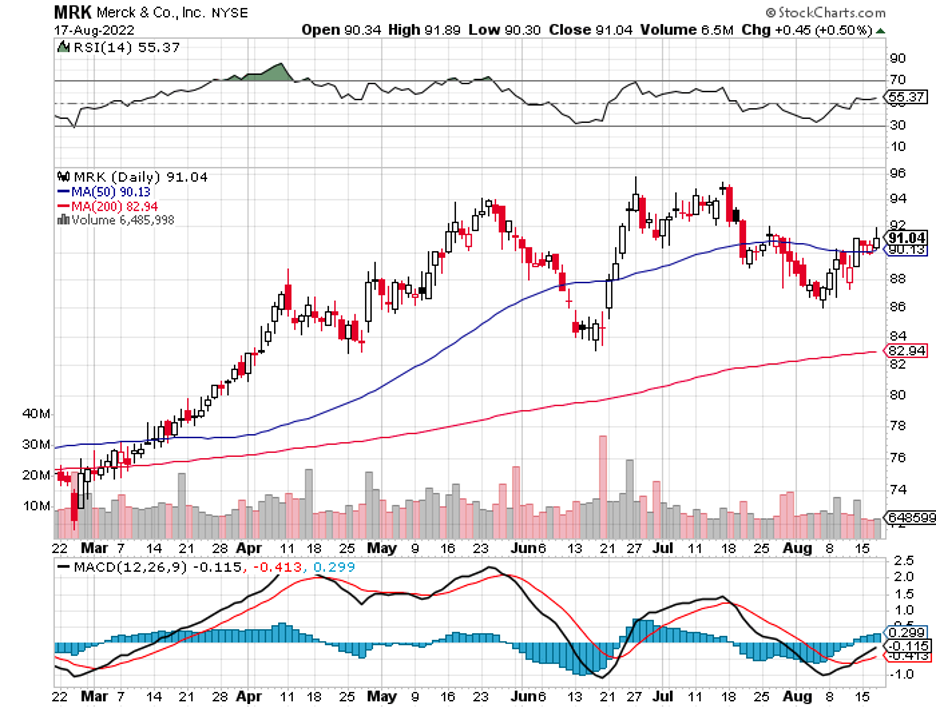
Mad Hedge Biotech and Healthcare Letter
August 11, 2022
Fiat Lux
Featured Trade:
(BUILDING A RECESSION-PROOF PORTFOLIO)
(AMGN), (GILD), (MRK), (ABBV), (PFE), (JNJ), (BMY)
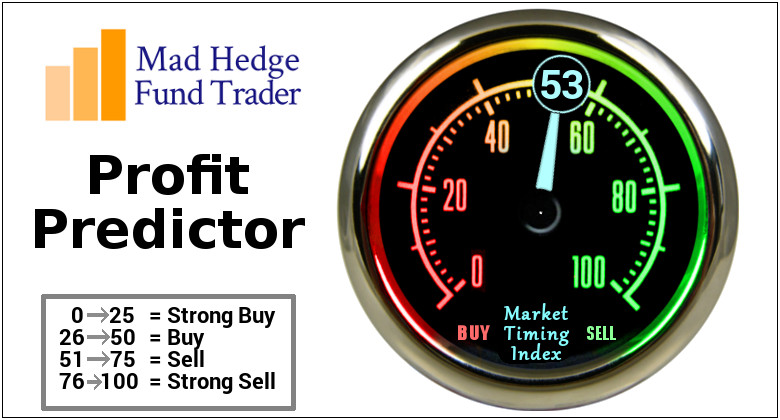
In my biotechnology and healthcare newsletter earlier this week, I talked about Amgen (AMGN) and how critical it is to determine recession-proof businesses.
In the next quarters and even years, it will no longer be as vital to identify companies that can bring high growth returns in the short term.
Instead, what’s more important is to find stocks that can withstand any bear market and a recession.
Like Amgen, Gilead Sciences (GILD) also performed better than the S&P 500 (SPY) and the Nasdaq 100 (QQQ) in the past 12 months.
Considering that we are anticipating a steep recession and a potentially brutal bear market in the following quarters, Gilead Sciences is presenting itself as a solid pick.
Some refer to Gilead Sciences as a one-trick pony, but that’s not an opinion I agree with despite the company’s over-reliance on its HIV programs and antiviral treatments.
For perspective, its antiviral portfolio comprises more than 90% of the company’s 2021 revenues while its top-selling products that year are all from its HIV segment.
Although Gilead Sciences has been expanding its portfolio, the company’s HIV program remains its best moneymaker. In the second quarter of 2022, sales of its HIV treatments have risen by 7% year-over-year.
Demand for treatments in this space has climbed in the past months, which allows for more room for growth in the foreseeable future.
Among the HIV treatments, Biktarvy is the best-selling product. It’s also the treatment that continues to gain a bigger market share.
By the second quarter of 2022, Biktarvy has been reported to claim roughly 44% of the market share in the US, marking a 4% increase year-over-year.
Meanwhile, another potential blockbuster is Lenacapavir. This is a new product, which will be marketed as a long-acting injectable HIV treatment once it gains FDA approval. If this gets the green light, this could rake in an estimated $2 billion in the first year of its release.
Aside from its HIV treatments, Gilead Science’s hepatitis franchise has also been steadily growing.
Amid the competition against the likes of Abbvie’s (ABBV) Mavyret, the company’s combo treatments with Sofosbuvir continue to generate significant cash flows and promising sales.
However, this segment raked in $1.9 billion in sales, down 9% year-over-year. The decline could be attributed to the effects of the pandemic.
Nevertheless, Gilead Sciences have been working on updating this particular program and adding newer treatments to deliver better results.
Another segment that saw a spike in 2021 is the antiviral program, primarily due to Veklury or Remdesivir.
When COVID-19 broke, Veklury was hailed as the first-in-line treatment. This led to a substantial boost in sales since 2020, with the company earning $2 billion from the product at that time.
By 2021, Veklury sales skyrocketed by 98% to hit $5.6 billion.
Frankly, no one truly expected Veklury to reach those figures—even Gilead Sciences’ management. In their first-quarter conference call in 2021, the company estimated full-year sales for the product to be roughly $2 to $3 billion.
While Veklury’s numbers are impressive, I think this product’s days are numbered because of the emergence of more competitors and better alternatives in the market these days.
In any case, this treatment is a testament to Gilead Sciences’ ability to deliver effective and reasonably priced antivirals to market.
Moving forward, Gilead Sciences looks to be exploring the oncology sector.
Its move to acquire CAR T-cell therapies via the $12 billion deal with Kita Pharma in 2017 is one of the clearest indicators of this plan.
On top of that, Gilead Sciences also acquired Trodelvy from Immunomedics in 2020. As far as fast-tracking its expansion in the oncology space goes, this definitely pushes the company to the forefront.
As a standalone treatment, this can reach peak sales of $2 billion to $3 billion.
Other than testing it with its own pipeline as a breast cancer treatment, Gilead Sciences has been collaborating with Merck (MRK) to determine the efficacy of Trodelvy when combined with Keytruda as a first-line treatment for non-small cell lung cancer.
Overall, Gilead Sciences is a great addition to a portfolio of recession-proof companies.
While it may not be as impressive as industry titans like Bristol Myers Squibb (BMY), Merck, AbbVie, Pfizer (PFE), and Johnson & Johnson (JNJ), it definitely bears the early signs of improvement, a promising future, and the ability to withstand a recession.
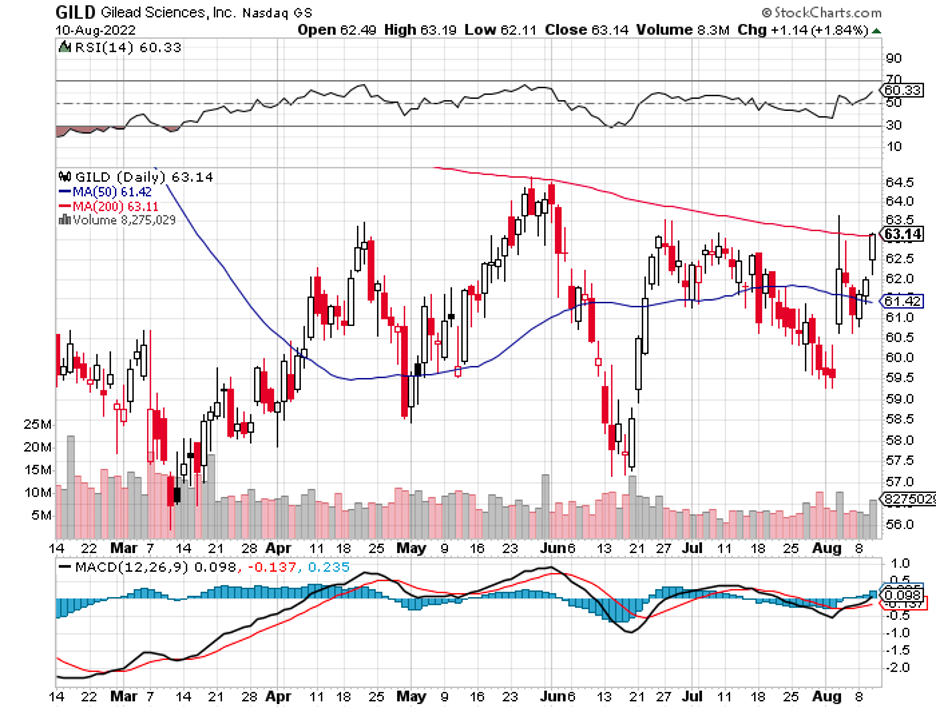
Mad Hedge Biotech and Healthcare Letter
August 9, 2022
Fiat Lux
Featured Trade:
(A REVIVED BIOTECH GAINING MOMENTUM)
(AMGN), (SEGN), (MRK), (REGN), (GILD), (CCX), (BMY)
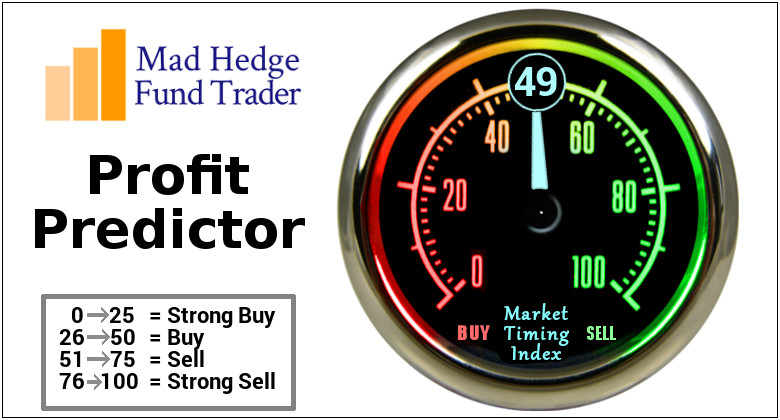
Biotechnology stocks have been rallying since mid-June, and it looks like the sector doesn’t have plans of stopping anytime soon.
The SPDR S&P Biotech ETF (XBI), which keeps track of the segment, has been up by 32.5% since the second half of 2022—a period that saw the S&P 500 rise by only 11.4%.
Nonetheless, doubts still linger in terms of how long this sector’s bull run will last. There are also questions on whether the recent shift in market sentiment indicates a substantive change or merely a momentary blip.
News about the biotech industry has been leaning towards the positive in the past months, and hopes for its recovery were bolstered by the much-discussed potential acquisition of Seagen (SEGN) by Merck (MRK).
The strong earnings reports of Regeneron (REGN) and Gilead Sciences (GILD) also added to the overall positivity of the sector.
Meanwhile, another big mover in the biotechnology world appears to be gearing up for a major move soon.
Amgen (AMGN) recently announced its plans to acquire ChemoCentryx (CCXI) for $3.7 billion.
This all-cash acquisition works out to roughly $52 per share and a whopping 115% premium to ChemoCentryx’s price.
ChemoCentryx is mostly known for its autoimmune disorder pipeline. In 2021, the company received FDA approval for Tavneos, which targets a relatively rare autoimmune condition called ANCA-associated vasculitis.
In the first quarter of 2022, Tavneos delivered $5.4 million in sales.
The announcement boosted ChemoCentryx’s shares to skyrocket by 108.4% while Amgen shares remained flat. However, this jump isn’t all too surprising.
The company getting acquired records a jump in stock price after the announcement because the acquirer typically pays a premium for the deal. It’s a strategic move since the higher the premium, the better the chances that the shareholders will approve the acquisition.
If all goes well, this acquisition is expected to be completed by the fourth quarter of 2022.
This move is a good indicator of Amgen’s response to its problem of stagnation. Over the years, this biotech giant has been seemingly left behind in churning out innovative treatments.
Pursuing a promising company like ChemoCentryx is an excellent way to diversify its pipeline and reignite growth.
The deal is especially promising in light of the company’s major setback in 2020 when the Phase 3 clinical trial for its heart failure drug fell short of delivering the promised results.
While issues with new products aren’t exactly new, particularly in the biotechnology sector, Amgen’s failure made investors skittish and led to selloffs.
However, Amgen was not deterred. After all, the setback came following decade-long progress leading up to 2020 when the company’s revenues steadily rose from $15 billion to $23 billion.
In the end, Amgen was still able to surpass its projected revenue to hit the $25 billion mark in 2020 thanks to its strategic move to acquire Otezla from Bristol Myers Squibb (BMY).
By 2021, Amgen shared that its 2020 results were up 9%. Last year, the company ignited some momentum and managed to raise its earnings from the year before to $26.2 billion.
Despite these efforts, the company still struggled with organic growth. This is perhaps why it has been aggressive in pursuing multiple revenue streams via M&A to find more ways for multiple expansions.
Part of this plan is the 2021 acquisition of Five Prime Therapeutics for $1.9 billion and Teneobio for $900 million.
Given the deals last year, investors didn’t truly expect Amgen to deliver more growth in 2022. This is possibly why the company’s shareholders were a bit surprised by the new acquisition.
However, this deal with ChemoCentryx will grant Amgen access to a slew of orally administered treatments not only for autoimmune diseases and inflammatory conditions but also for cancer.
Realistically, Amgen’s near-term outlook is not that groundbreaking. However, the overall valuation and potential of its M&A dealmaking are compelling enough to encourage investors patient enough to wait for the rewards in the long run.
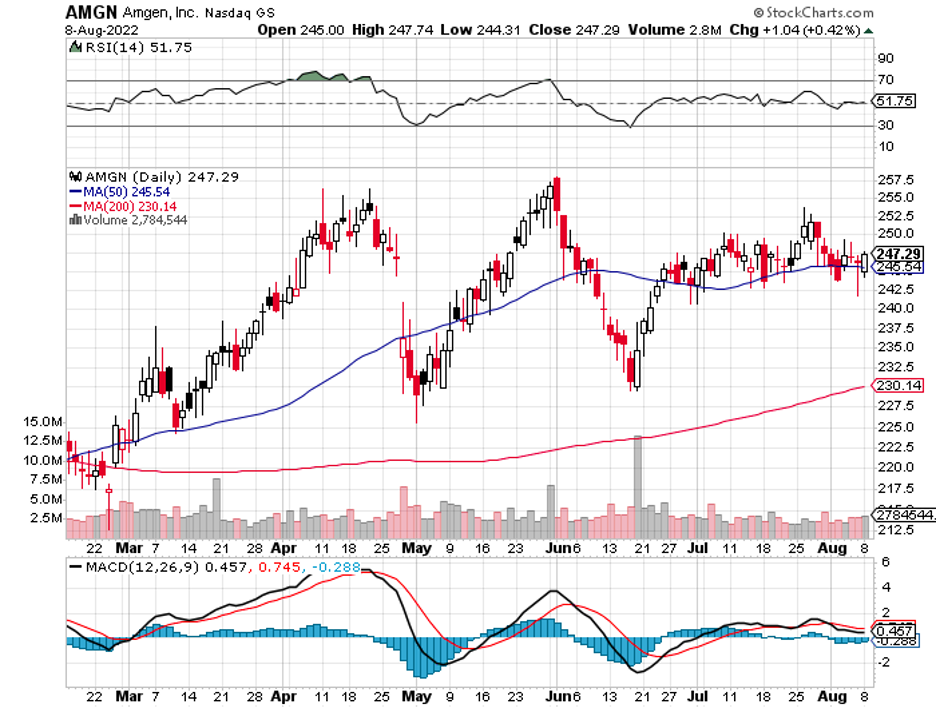
Mad Hedge Biotech and Healthcare Letter
July 14, 2022
Fiat Lux
Featured Trade:
(GOODBYE BIG PHARMA, HELLO BIG BIOTECH)
(GSK), (PFE), (BMY), (VTRS), (LLY), (JNJ), (AMGN), (GILD),
(MRK), (RHHBY), (AZN), (NVO), (ABBV), (SNY), (ABT)
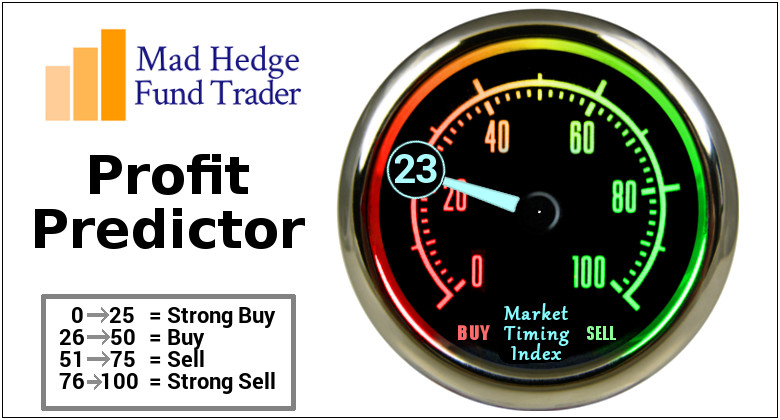
The moment GlaxoSmithKline (GSK) completes the spinoff of its massive segments marketing drugstore staples, such as Tums and Advil, it will become the latest name to join the list of Big Pharmas shuffling their assets and rebranding itself into a pure-play biopharma stock.
The reorganization of this UK-based company is the culmination of years-long process that has transformed practically all the biggest pharmaceutical companies globally into biotechnology companies on steroids.
This type of transformation, which gets rid of sideline businesses, has been going on for years. Pfizer (PFE) dumped its chewing-gum segment back in 2002 and established another spinoff unit, Viatris (VTRS), with Mylan in 2020.
Bristol Myers Squibb (BMY) decided to spinoff its infant-formula division in 2009. In 2018, a new animal health company came to be from Eli Lilly (LLY).
By 2023, Johnson & Johnson (JNJ) expects to complete the creation of a spinoff company and unload its consumer health segment, which offers Tylenol and Band-Aids.
Essentially, they’re turning into Amgen (AMGN) and Gilead Sciences (GILD) but with more money and resources to churn out high-priced, complex treatments for rare diseases.
However, not all Big Pharma names plan to become pure-plays. For example, Merck (MRK) still intends to retain its animal health sector while Roche (RHHBY) wants to keep its diagnostics segment.
As for the rest, including AstraZeneca (AZN), Novo Nordisk (NVO), and AbbVie (ABBV), their plan is to focus on creating new drugs and marketing these treatments—nothing more, nothing less.
The idea of Big Pharma transforming into “Big Biotech” dates back to 1992, when Henri Termeer, the CEO of Genzyme—now owned by Sanofi (SNY)—was summoned to a Senate hearing in Washington to argue and justify one of the most expensive medicines ever put to market.
The medication in question was for a rare genetic condition called Gaucher disease. A year-long treatment for one person needed tens of thousands of human placentas, and the price tag? A jaw-dropping $380,000 annually.
Amid the demand to make the treatment cheaper, Genzyme stood by its decision and the price barely budged after two years.
The company’s tenacity and insistence on standing by its pricing altered the biopharma landscape. That is, drug developers realized that rather than marketing cheaper drugs to combat common diseases, they can focus on biotech-style treatments to target rare conditions.
At that time, Big Pharma companies were battling over pieces of massive markets. They allocated considerable funds to their commercial teams, hoping to outrank one another in crowded spaces.
Meanwhile, biotechs like Genzyme decided on a different strategy.
They concentrated on more innovative approaches. Actually, the biotech focused on biologics at that point. Then, the company simply ignored the pricing rules and set its own prices, which were considerably higher.
A more recent go-to proof of concept for this strategy is Abbott Laboratories (ABT), which was initially a diversified company that offered an extensive range of products like medical devices and even infant formula.
In 2013, the company spun off its branded pharmaceutical sector into AbbVie, which became a pure-play biopharma that focused on developing and marketing the arthritis drug Humira. Since then, Humira has transformed into one of the top-selling drugs in history.
More than that, AbbVie pays substantial dividends while its shares have delivered 500% returns since the spinoff. In comparison, the S&P 500 has returned roughly 220% within the same timeframe.
While this is a shift that investors have clamored to see in the healthcare sector, it also means that the transformations could turn companies with solid revenue streams that have become reliable despite the ups and downs of the drug discovery process into riskier bets.
Although treatments for rare diseases admittedly come with very high price tags, focusing on smaller markets brings with it the inherent risk that these buy-and-stuff-under-the-mattress blue chips could no longer deliver returns as consistently.
These days, though, the advancements have made faster and safer scientific breakthroughs much more plausible.
Companies have gained a better understanding of the human genome, oncology treatments, genetic diseases, and groundbreaking modalities like gene therapies.
The science has now caught up with the demand. More importantly, Big Pharma has finally woken up and started to leverage its resources to take advantage of the opportunities.
This gradual change can be seen in the surge of new treatments in the past years. From 2016 to 2020, the FDA approved an average of 46 new therapies annually.
This is more than half the number between 2006 and 2010 when the organization only approved an average of 22 new treatments every year.
Needless to say, these changes are also partly in response to the overall dissatisfaction of investors with the diversification strategies of Big Pharma.
Basically, the general message here is that Big Pharma should let the investors worry about diversifying their own portfolios and focus on developing safe and effective drugs.
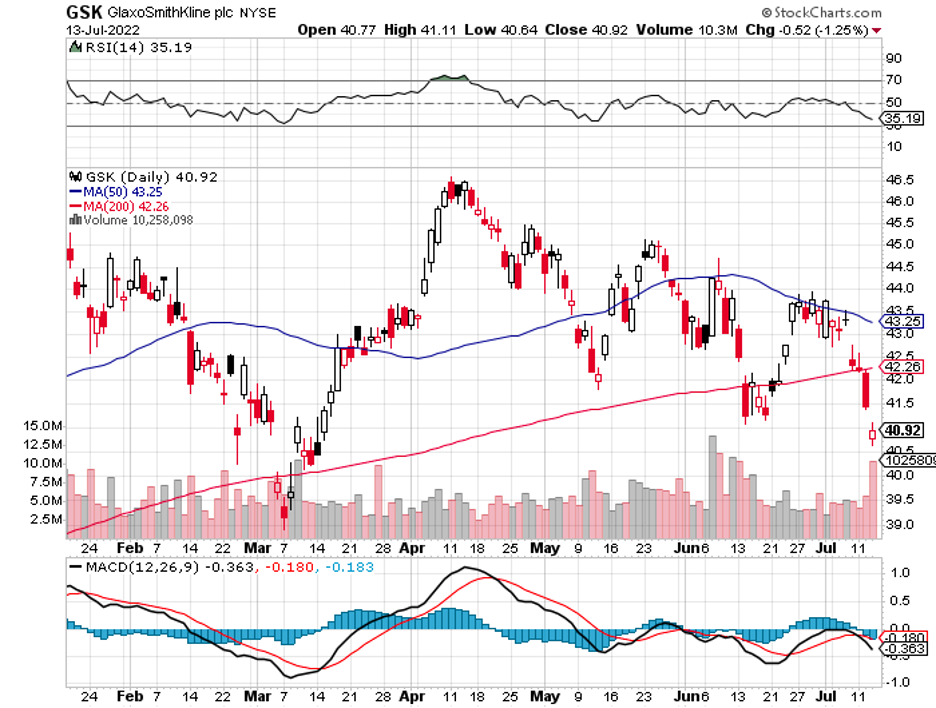
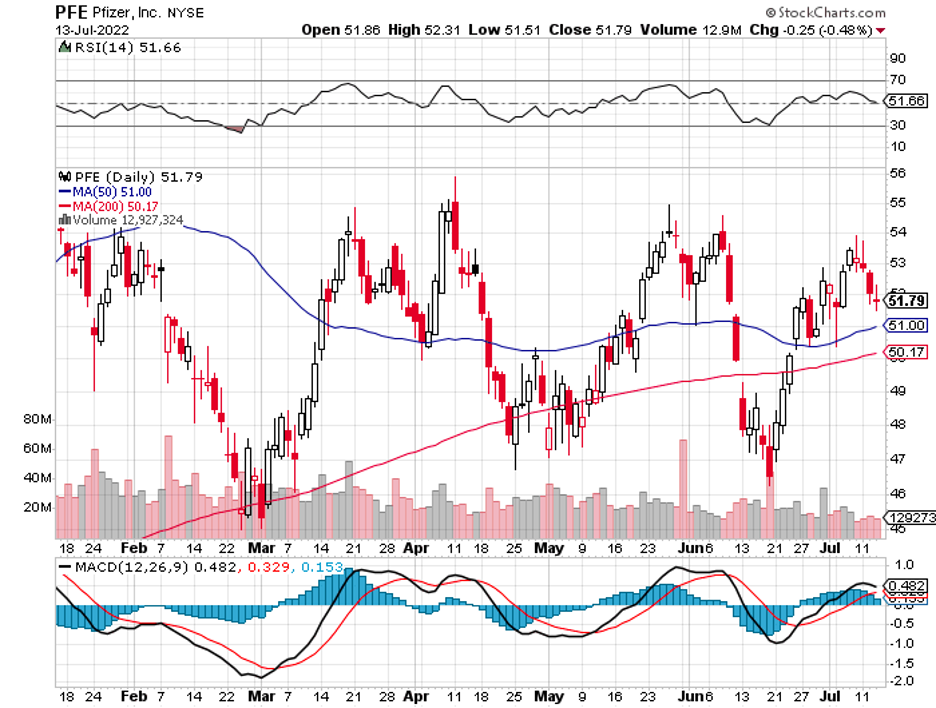
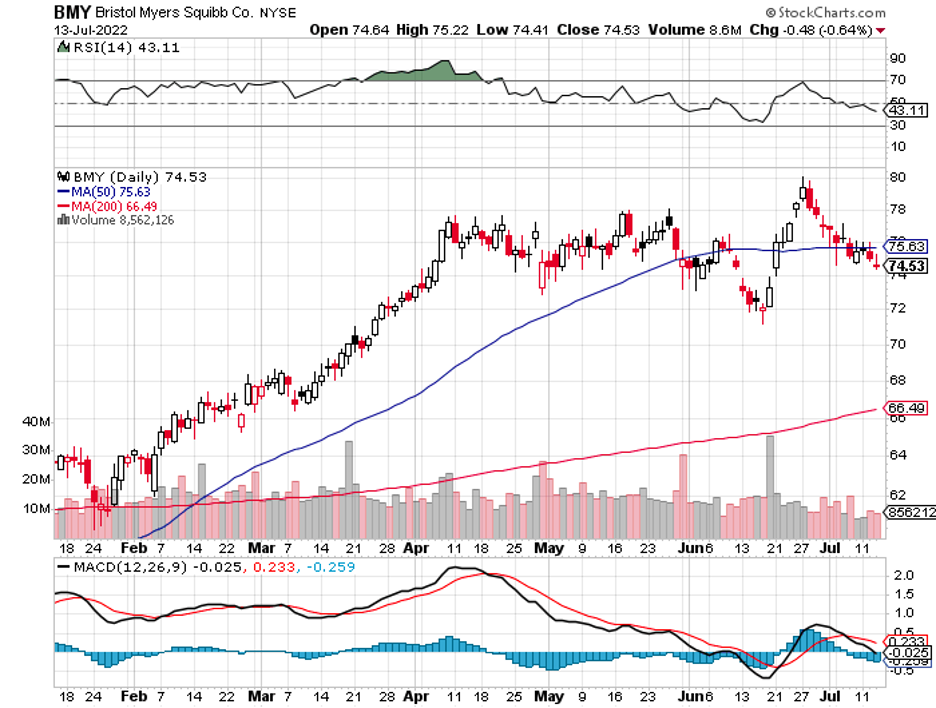
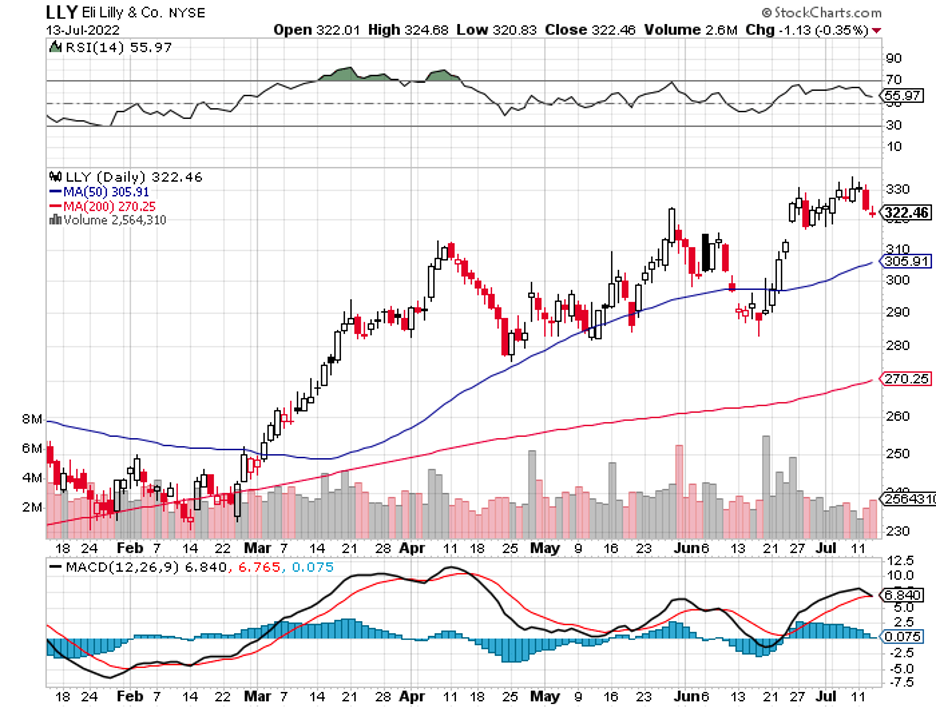
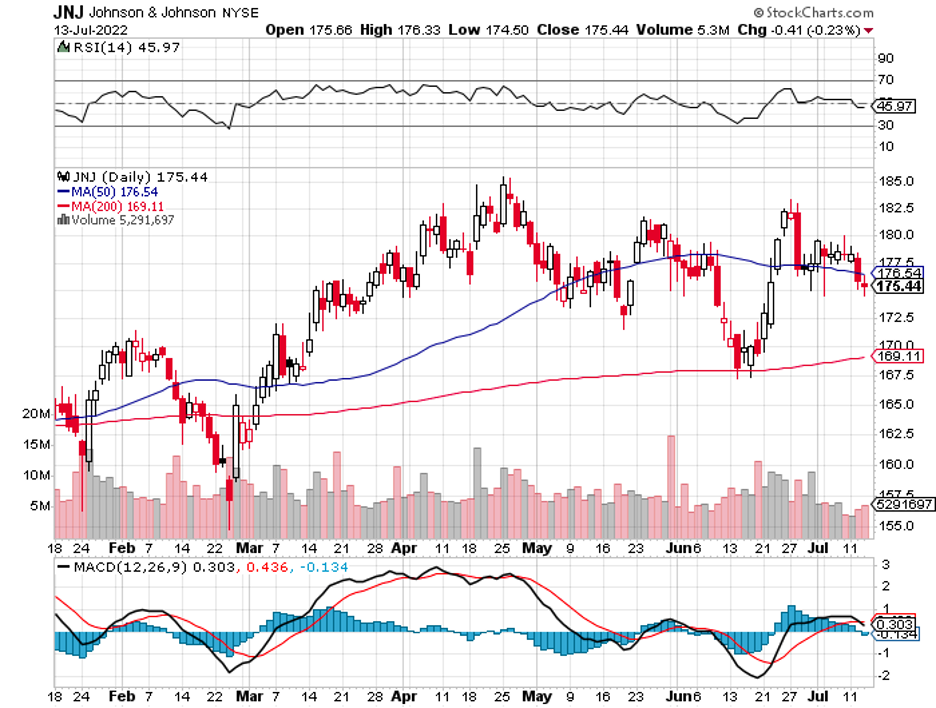
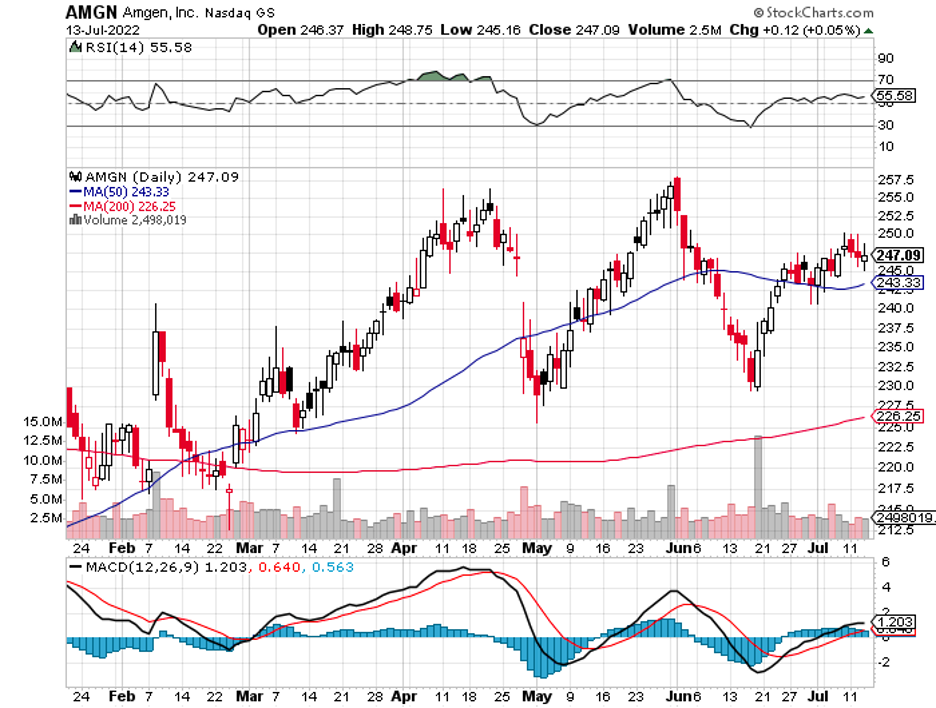
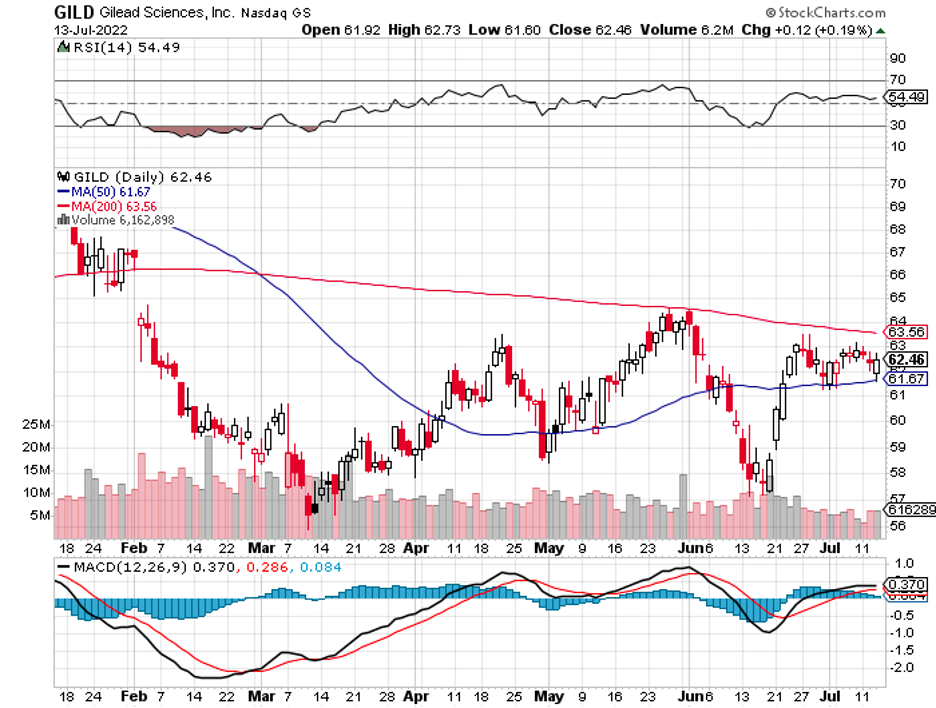
Mad Hedge Biotech and Healthcare Letter
July 12, 2022
Fiat Lux
Featured Trade:
(THE LEADERSHIP BATON IS IN BIOTECH’S HANDS NOW)
(MRK), (SGEN), (CRSP), (VRTX), (BLUE), (BIIB), (LLY), (RHHBY)
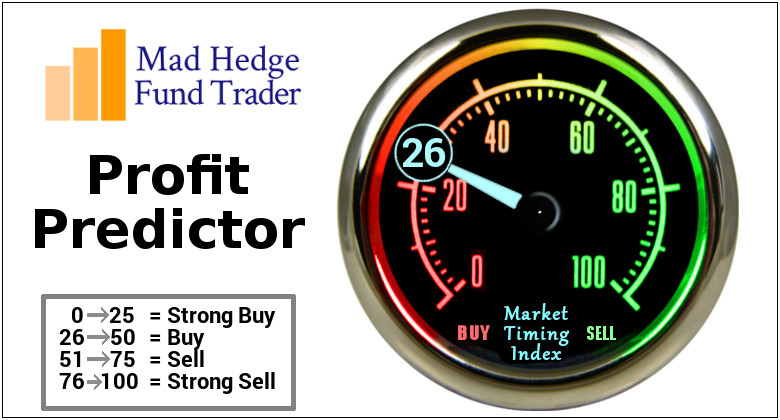
Biotechnology companies have taken the reins and are expected to outperform the general market in the near future.
To date, the Nasdaq Biotech Index (NBI) has been up by 2.41% while the iShares Biotechnology (IBB) exchange-traded fund has climbed by 2.47%.
Numerous crucial factors place this industry in an advantageous position for growth. Alongside other segments of the pharmaceutical and healthcare industries, the biotechnology sector is essentially recession-proof.
With a roughly 40% fall in the biotech sector from 2021’s high, it’s highly likely for us to witness a boost in takeover activity in this space.
This is evident in recent reports of Merck (MRK) attempting to acquire cancer biotech Seagen (SGEN), as discussed in the June 30 issue of this biotech and healthcare letter.
The talks have progressed, and it appears that Merck is nearing the end of the process. The goal is to have the details worked out by the time the quarterly earnings report is released on July 28.
While no specifics have been made public, it is estimated that the larger healthcare company will pay a staggering $40 billion for this Seagen acquisition.
If this goes through, Merck will pay more than $200 per share for Seagen.
The news of this acquisition bolstered Seagen’s business as the stock rose by 4.6% at the time of the announcement.
This is welcome news given the perceived slowdown in biotech M&A activity since 2020. As a result, the idea fueled pessimism among investors who failed to see the big picture during this time period.
Analysis of 101 contracts signed by small, medium, and large biotechnology companies between January 2015 and June 2022 reveals that this year's contract volume and size are comparable to those of previous years.
In fact, there have been $17.7 billion in transactions so far in 2022. This translates to more than $13.9 billion in 2020 and $7.2 billion in 2021.
Some investors may be concerned about the quality of these acquisitions.
Even though the companies involved paid good premiums, the last 12 months' acquisitions were done at a big discount to the highest share prices of the businesses being bought.
To put it simply, there has been a problem with pricing in the sector as of late.
This is admittedly a "bittersweet" reality of recent biotech M&A transactions. As a result, market perceptions are clouded and investors are misled into believing that a much larger problem is brewing in the sector.
Executing megadeals is an obvious solution. This is why the Merck-Seagen merger is such good news for the industry.
The impact of this report suggests that large-scale M&A could be part of the path to the biotech sector's recovery.
The mere possibility of this transaction has already increased the SPDR S&P Biotech exchange-traded fund by approximately 20%.
In addition to Merck and Seagen, other biotechnology companies have been widely discussed as potential acquisition targets.
CRISPR Therapeutics (CRSP), which has a long-term partnership with Vertex Pharmaceuticals (VRTX), is a fan favorite. By the fourth quarter of 2022, the two intend to submit their sickle cell and beta-thalassemia treatment for approval.
Bluebird Bio (BLUE) is another company that has been on the radar whenever acquisition discussions begin.
This gene therapy and cancer biotech has been unnerving investors for months, even before the pandemic triggered an economic crisis, due to its lackluster performance. Despite this, its gene-editing program has enormous potential.
With a market capitalization of $368 million, it is an ideal candidate for Merck and even Moderna (MRNA). After all, both have been considering expanding its oncology program, and a dirt-cheap acquisition target appears to be an appealing option.
Biogen is another name associated with multiple interested parties (BIIB). Since its Alzheimer's treatment failed to materialize and deliver despite the biotechnology company exhausting virtually all available options to salvage the situation, the stock has yet to exhibit any signs of recovery.
After betting the farm on this candidate, Biogen has struggled to maintain its financial stability. In an effort to improve its cash flow and pay off its debts, the company has also been working overtime to advance the other programs in its pipeline.
Eli Lilly (LLY) and Roche (RHHBY), which have been working on their own Alzheimer's treatment, have recently been linked to Biogen.
With a market capitalization of $32 billion and a money-losing program, however, any transaction involving this biotech would require significantly more time.
Overall, it appears that biotechs are gradually regaining their footing. It is only a matter of time before all the pieces fall into place and the sector begins to move forward with full force.
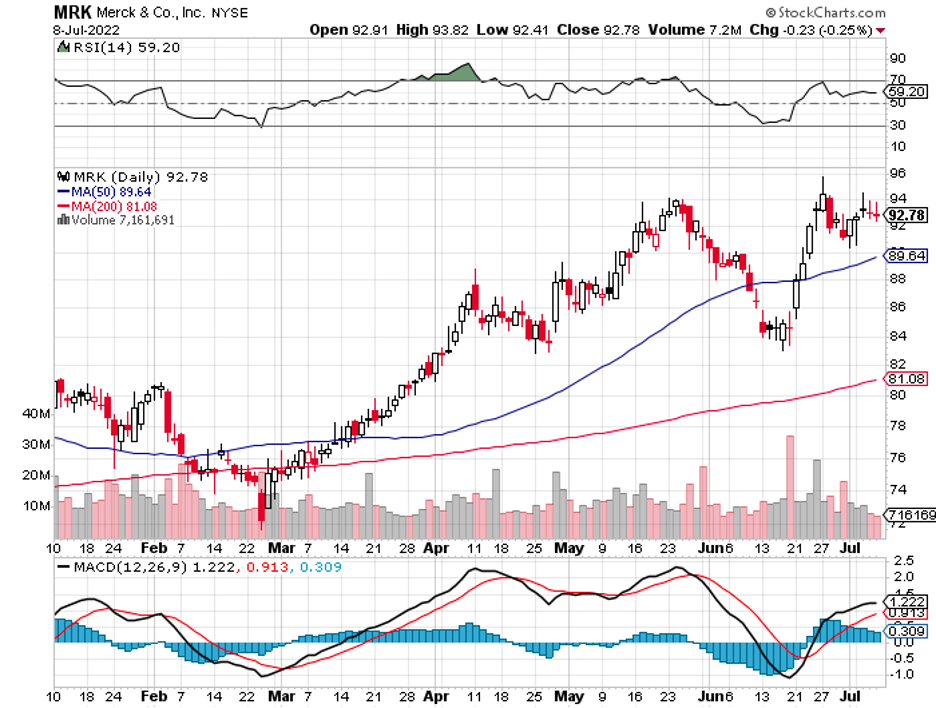
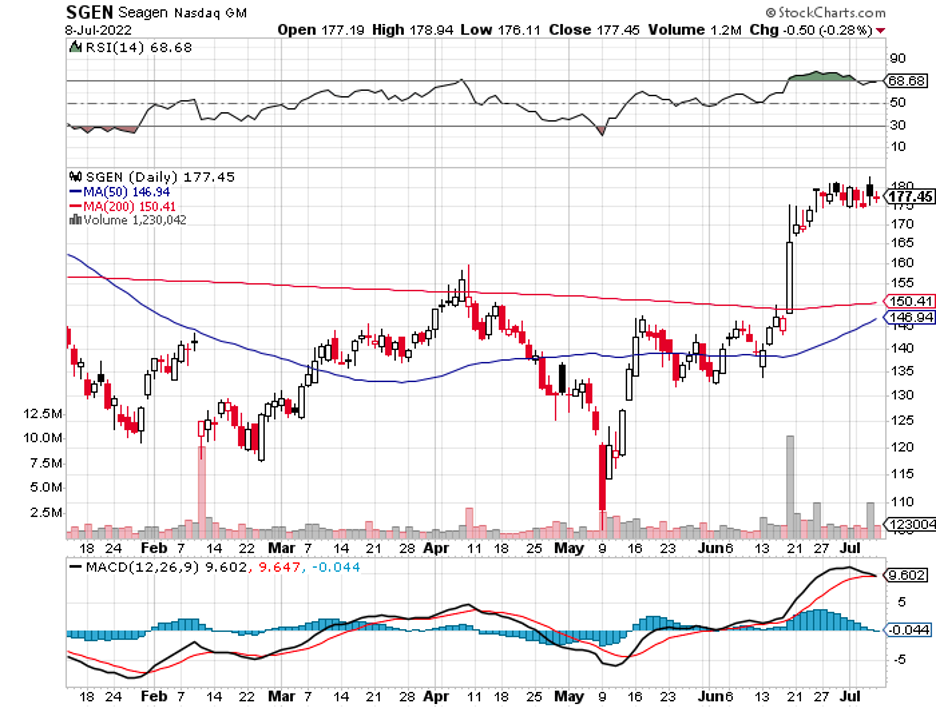
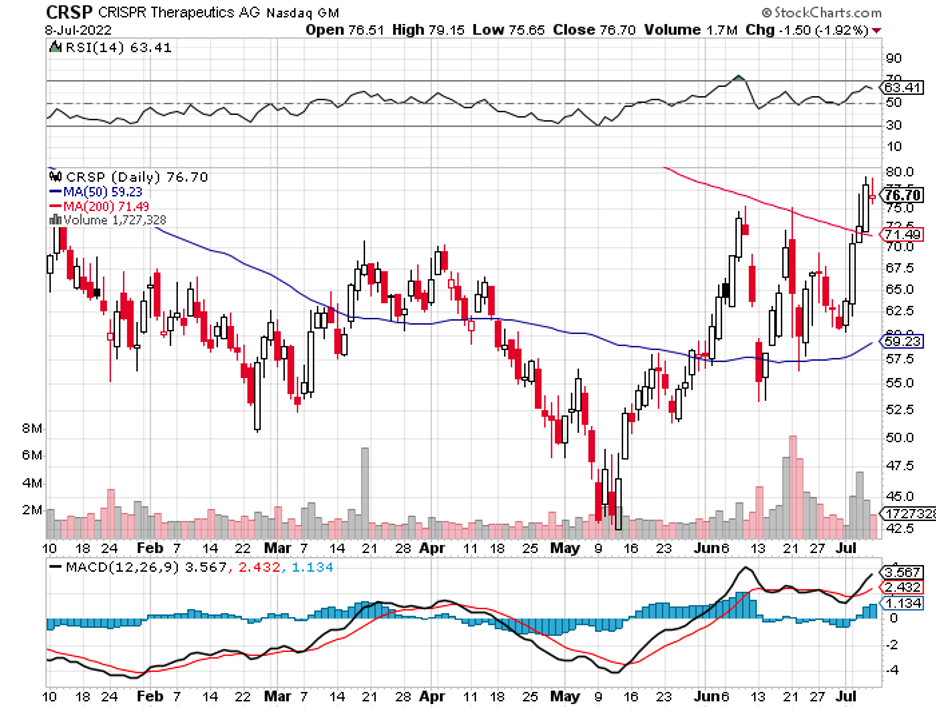
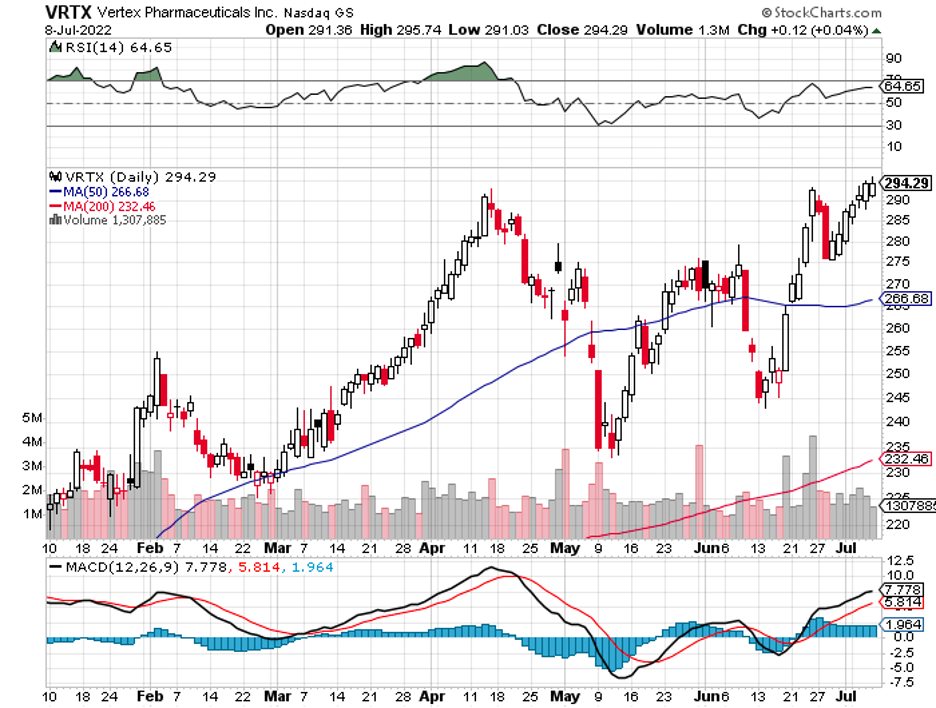
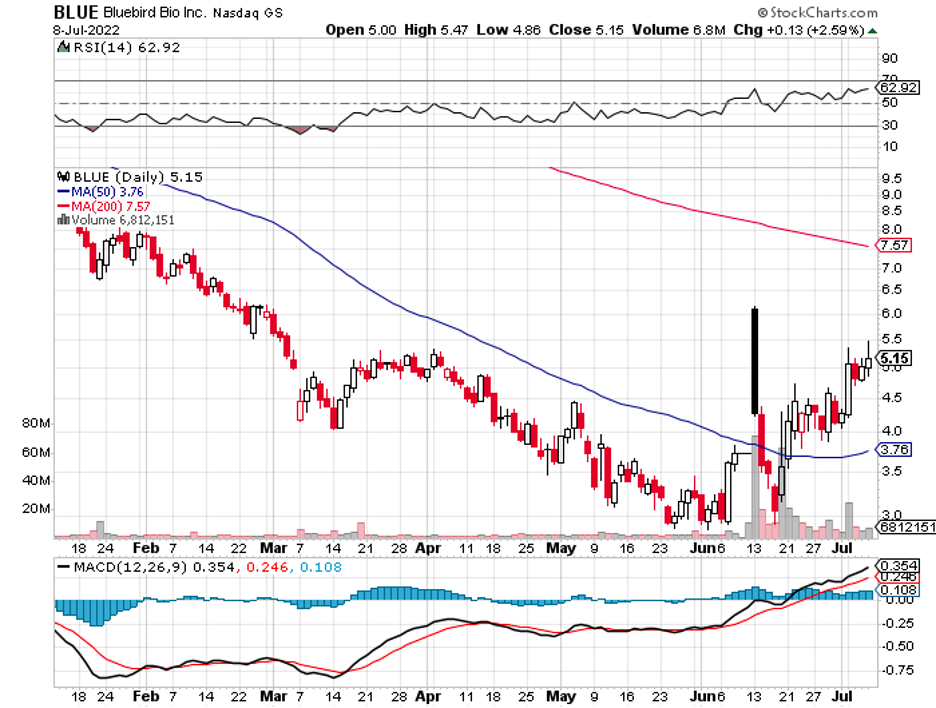
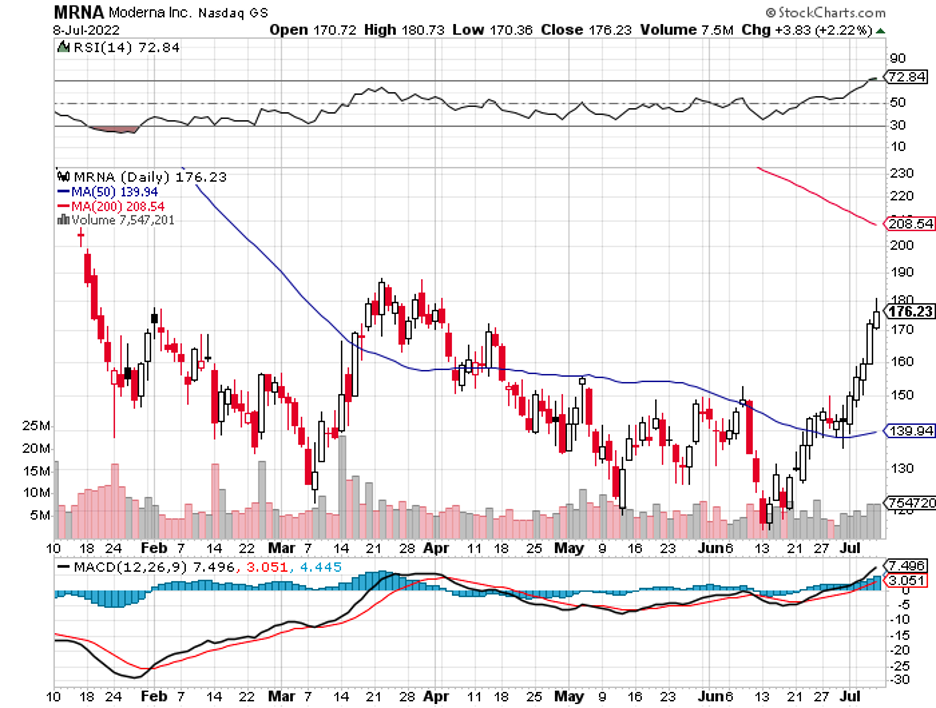
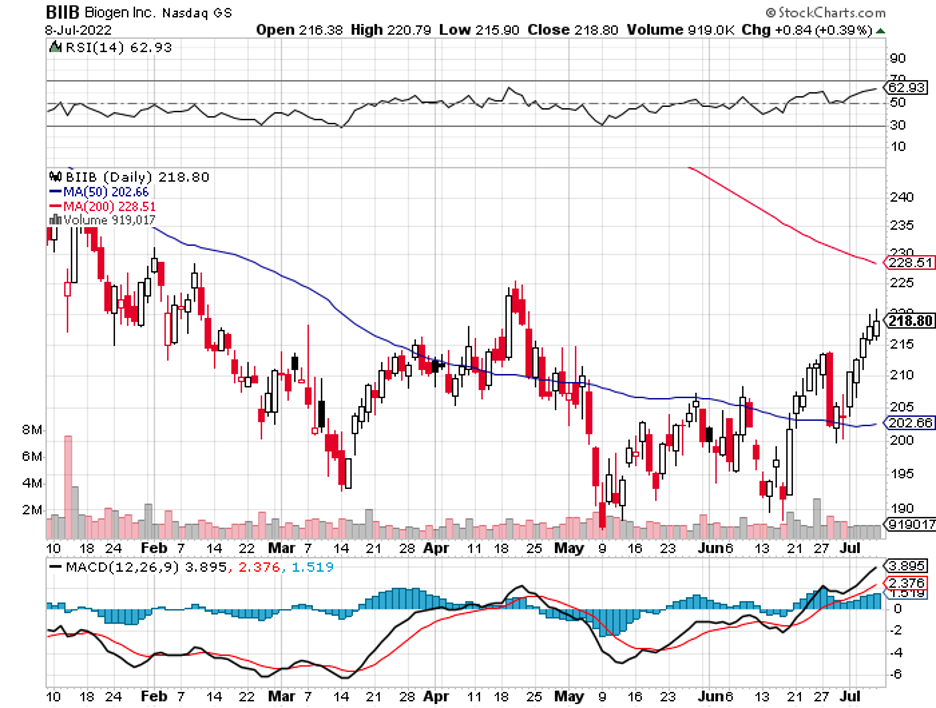
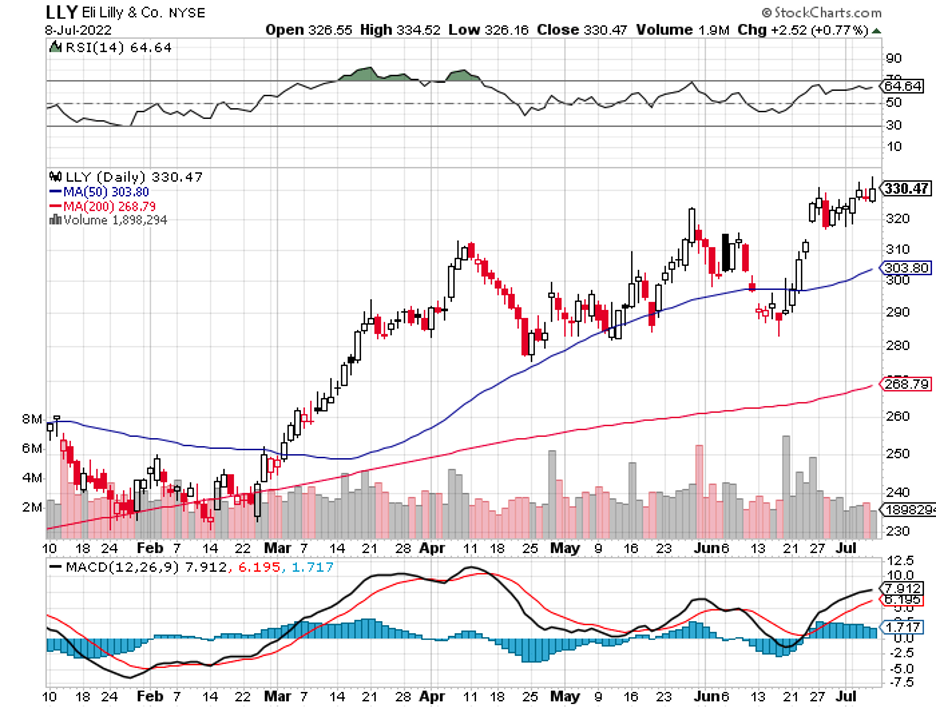
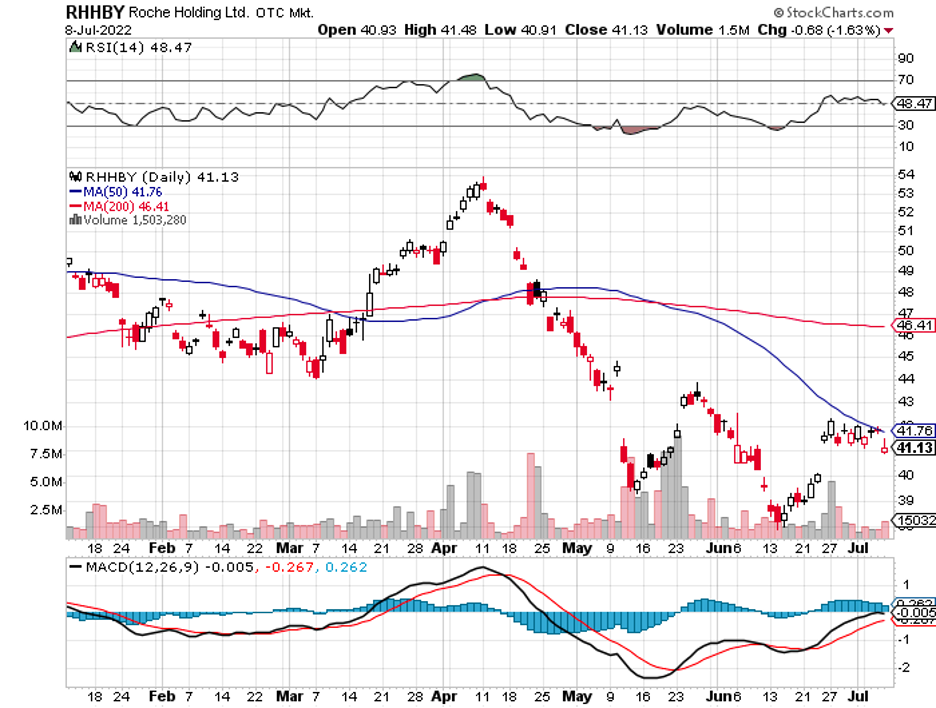
Legal Disclaimer
There is a very high degree of risk involved in trading. Past results are not indicative of future returns. MadHedgeFundTrader.com and all individuals affiliated with this site assume no responsibilities for your trading and investment results. The indicators, strategies, columns, articles and all other features are for educational purposes only and should not be construed as investment advice. Information for futures trading observations are obtained from sources believed to be reliable, but we do not warrant its completeness or accuracy, or warrant any results from the use of the information. Your use of the trading observations is entirely at your own risk and it is your sole responsibility to evaluate the accuracy, completeness and usefulness of the information. You must assess the risk of any trade with your broker and make your own independent decisions regarding any securities mentioned herein. Affiliates of MadHedgeFundTrader.com may have a position or effect transactions in the securities described herein (or options thereon) and/or otherwise employ trading strategies that may be consistent or inconsistent with the provided strategies.
This site uses cookies. By continuing to browse the site, you are agreeing to our use of cookies.
OKLearn moreWe may request cookies to be set on your device. We use cookies to let us know when you visit our websites, how you interact with us, to enrich your user experience, and to customize your relationship with our website.
Click on the different category headings to find out more. You can also change some of your preferences. Note that blocking some types of cookies may impact your experience on our websites and the services we are able to offer.
These cookies are strictly necessary to provide you with services available through our website and to use some of its features.
Because these cookies are strictly necessary to deliver the website, refuseing them will have impact how our site functions. You always can block or delete cookies by changing your browser settings and force blocking all cookies on this website. But this will always prompt you to accept/refuse cookies when revisiting our site.
We fully respect if you want to refuse cookies but to avoid asking you again and again kindly allow us to store a cookie for that. You are free to opt out any time or opt in for other cookies to get a better experience. If you refuse cookies we will remove all set cookies in our domain.
We provide you with a list of stored cookies on your computer in our domain so you can check what we stored. Due to security reasons we are not able to show or modify cookies from other domains. You can check these in your browser security settings.
These cookies collect information that is used either in aggregate form to help us understand how our website is being used or how effective our marketing campaigns are, or to help us customize our website and application for you in order to enhance your experience.
If you do not want that we track your visist to our site you can disable tracking in your browser here:
We also use different external services like Google Webfonts, Google Maps, and external Video providers. Since these providers may collect personal data like your IP address we allow you to block them here. Please be aware that this might heavily reduce the functionality and appearance of our site. Changes will take effect once you reload the page.
Google Webfont Settings:
Google Map Settings:
Vimeo and Youtube video embeds:
